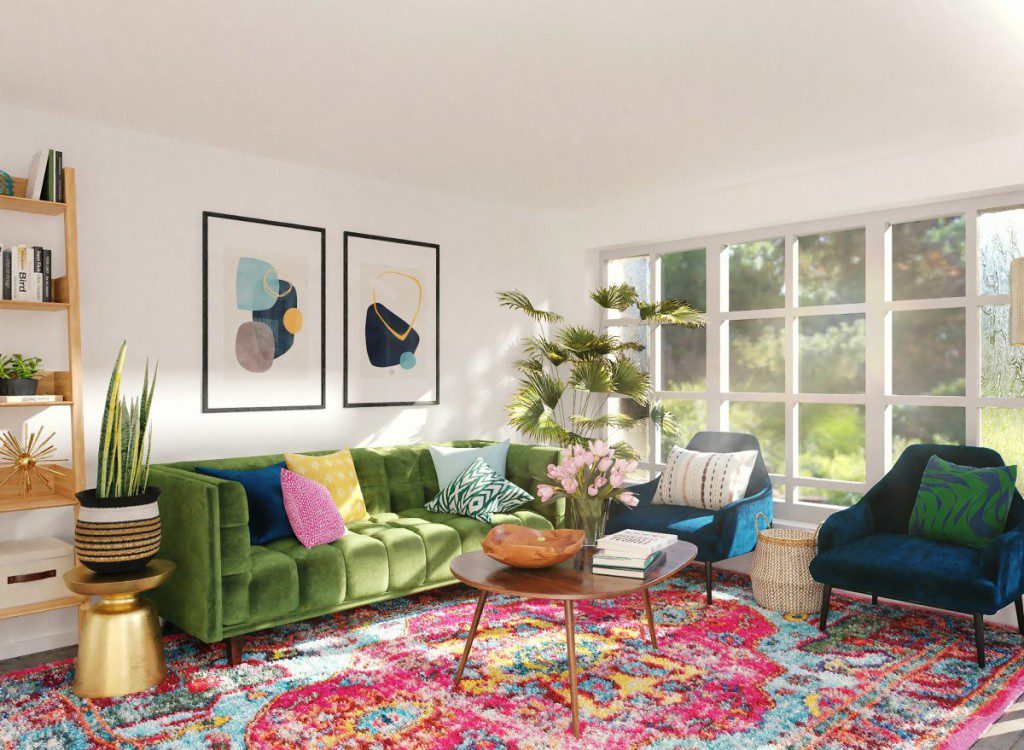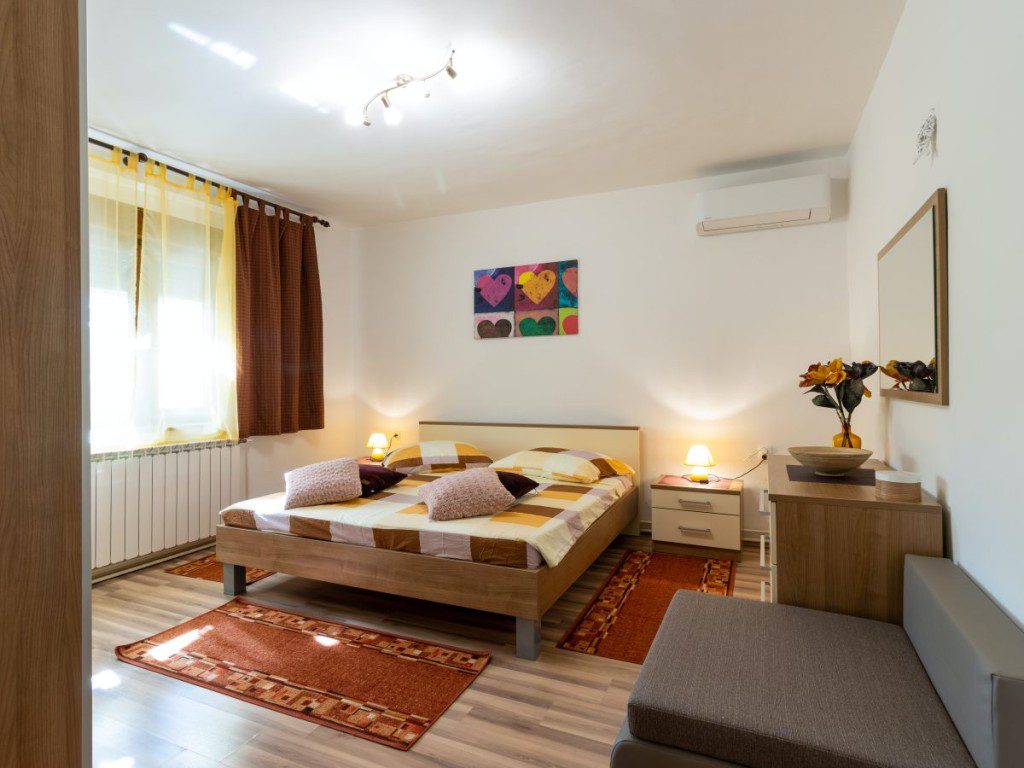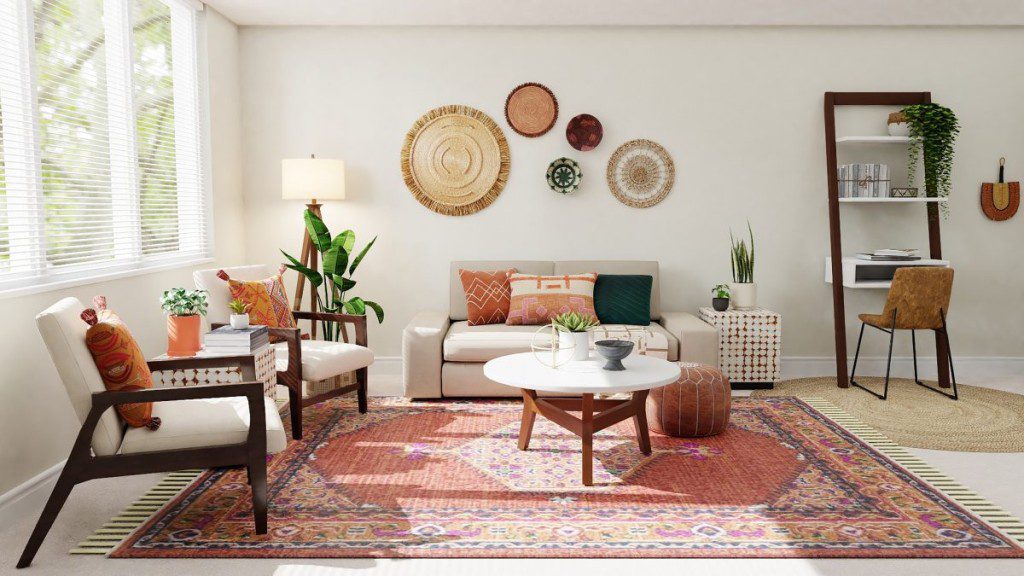Having the same design style repeated throughout a house can create a sense of cohesiveness and unity. But there’s also allure and charm in mixing diverse styles, referred to hereafter as eclectic design style. The eclectic style is for the fearless and unpredictable, those who embrace the new, and those who appreciate all different types of design from all periods. Instead of following a single direction or mandate, decorators who implement the eclectic style are free to explore, change directions, and bend the rules. It could seem random at first, but it all comes together in the end with sleek, surprising, and sometimes quirky results. Keep reading to find out how you can embrace the eclectic style in your home design.
Understanding the Eclectic Style
At its core, the eclectic style is all about harmony and the unexpected. It’s not just about throwing things together for the sake of it, it’s about picking and choosing different elements from varying styles and applying them in a cohesive, intentional manner. Although an eclectic space can contain elements from many different design eras, the key is to find a way to make everything feel as if it’s working together in unity, rather than throwing off the overall balance.
The eclectic design isn’t about the wild and chaotic, but rather about the playful mixing of styles, textures, and colors to reflect your unique taste. Think of it as a high-energy collection of carefully selected pieces brought together to create a culture-rich interior. It takes a great deal of creativity and a keen eye for design to successfully achieve an appealing, eclectic look that is balanced.
The interesting aspect of an eclectic design is that it’s never the same—it’s a unique interpretation of personal style. Additionally, because it’s so different from traditional design, people who enjoy thinking outside the box often prefer it. Just remember that while mixing and matching styles are encouraged, there should still be some method to the madness to maintain a sense of cohesion and balance. One of the ways you can achieve this balance is by investing in high-quality foundational pieces, such as luxury quilts, that not only add texture using luxurious fabrics but also bring stability into the mix.
Incorporating Color in Eclectic Design
One approach to ensure that your eclectic décor feels cohesive is by establishing a color palette, which often involves a neutral base with a couple of color accents. The neutral base normally includes whites, grays, or creams to provide a canvas for the other vibrant parts of your design that stand out. These colors establish a sense of calmness and structure in your home, creating a perfect backdrop for the rest of your design.
Once the neutral base is in place, begin adding vibrant colors but restraint is key here. Too many vibrant colors can create chaos, each vying for attention. To avoid this, choose one to three primary colors to carry throughout the entire decor. This repetitive element brings cohesive rhythm to a setting filled with diverse pieces.
In addition to the primary colors, you can also choose one or two accent colors that pop. These are usually brighter or deeper colors that provide interest to the overall look. They appear in smaller doses as compared to the primary color but wield an equal design influence. Accent colors can appear in throws, pillows, art, or even an area rug.
Choosing Your Furniture
Your choice of furniture plays a significant role in an eclectic décor scheme. This is where you can truly mix and match different styles and periods. Invest in a mix of statement pieces and more subdued items. A vintage mid-century modern chair can sit next to a classic round side table, or a sleek modern sofa can be sided with an opulent ornate Ottoman. The options are endless, but no matter how contrasting or dramatic, your furniture should always serve a functional purpose.
Maintaining balance with furniture sizes, scales and styles is also critical in an eclectic interior. Too many bulky items or overscaled pieces can quickly overwhelm a room, as can too many delicate pieces. One way to maintain balance is to choose your hero piece first, be it a sofa, a dining table, or the bed, and then work the other pieces around it.
Layering With Textiles
Just like with color and furniture, the eclectic style brings together a number of diverse textiles and fabrics. It’s about embracing a mix of patterns, textures, and era-specific styles, while still creating a unified look. Layering rugs, throws, pillows, and tapestries that contrast and complement each other can create a truly one-of-a-kind atmosphere.
Whether it’s an intricate Moroccan rug, vibrant Indian throw blankets, or more modern quilts from Serena & Lily, an array of fabrics can add depth, warmth, and visual interest to an otherwise basic room. Don’t be afraid to mix pure textiles with graphic patterns, or floral with geometric prints. The key is to keep a cohesive color story throughout the room and balance busier patterns with more subdued ones.
A note on curtains and window treatments—they often get overlooked in the design process, but they play an equally important part in an eclectic interior. Choose a hue that ties in with the rest of your room or a bold pattern that aligns with your accent color. They don’t need to match your upholstery or bedding, it’s more about achieving a collective mix.
Accessories: The Finishing Touch
The right accessories give character and personality to your eclectic déco—from an antique chandelier to an African mask to a modern Art Deco mirror. A mix of old and new, expensive and cheap, DIY and designer, from different time periods, cultures, and countries, all come together to tell a story of your personal taste and travels.
Be discerning with your choice of accessories. While it’s easy to get carried away and put everything on display, remember that each item takes up visual space. Too much visual stimuli can lead to cognitive overload, causing distress rather than delight. Be intentional about what you choose to display, ensuring every item has a purpose and a place within the grand scheme of things.
Finally remember, accessorizing in an eclectic design is a gradual build-up. You don’t and certainly shouldn’t try to get it “done” in one go. It’s a process that unfolds in layers, over time. So, enjoy the journey.
Creating Balance in Eclectic Design
While the eclectic style celebrates individuality and uniqueness, it’s crucial to maintain a sense of balance and harmony amongst the assorted elements. Balance is not necessarily about symmetry, it’s more about creating a calming equilibrium among different design elements. The art of balance in the eclectic style is about understanding the visual weight of objects and arranging the diverse pieces in a manner that though they mirror nothing of each other, together they create an aesthetic whole.
Your options are endless when it comes to eclectic interiors, but maintaining balance is a must. Light and dark, patterned and solid, bold and subdued, ornate and simple—eclectic design is a careful balancing act of contrasts. This can be achieved through the repetition of colors, patterns, finishes, or certain types of shapes in your décor. The recurring elements will help create a unified feel amidst the diversity.
Avoid crowding a space with too many pieces. Allow for some negative space where the eye can rest. Not every corner needs to be filled with something. Remember, sometimes the absence of something can be just as impactful as its presence. For example, you can pair traditional interior design with eclectic styling using ultimate luxury quilts.
At the end of the day, the true beauty of eclectic styling lies in its celebration of individualism. There aren’t any set rules, only guidelines meant to help you navigate from becoming too chaotic or too boring. So, have fun with it, follow your heart, and trust your instincts!







